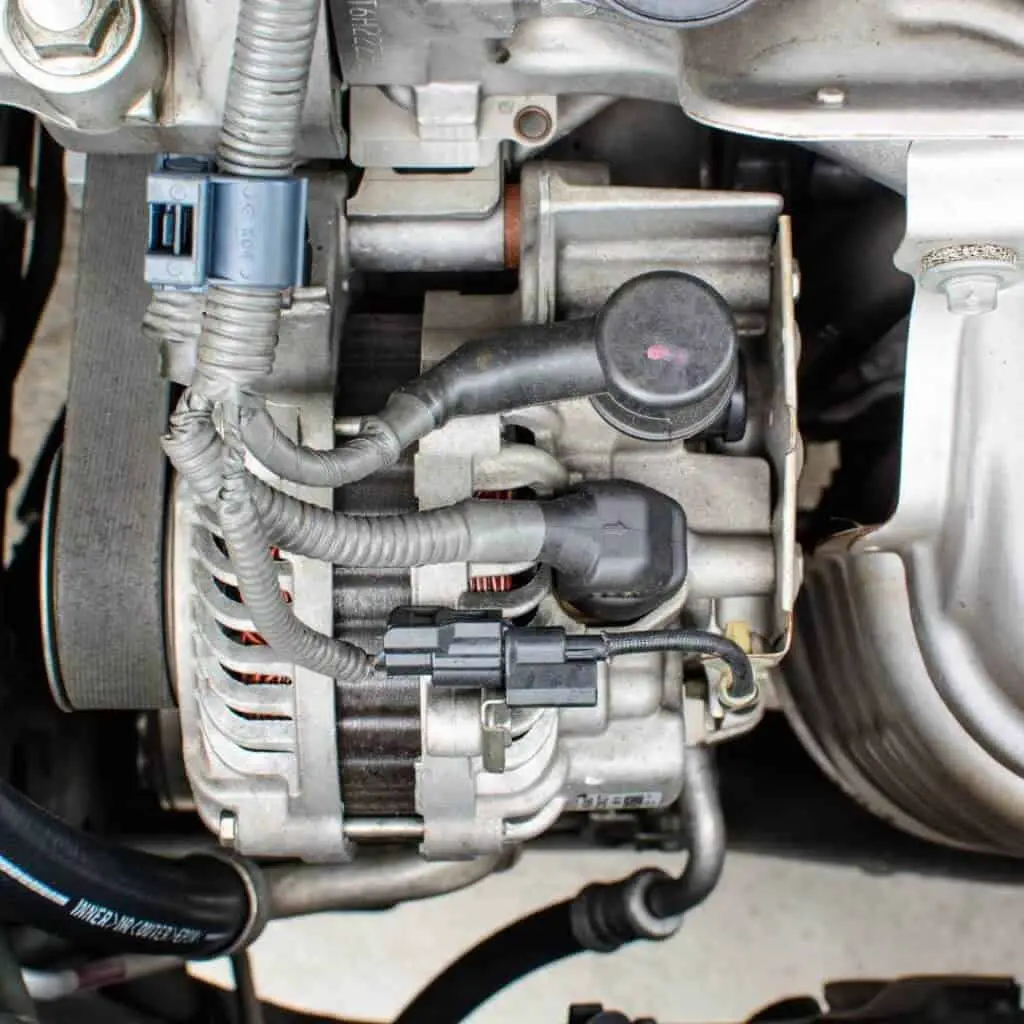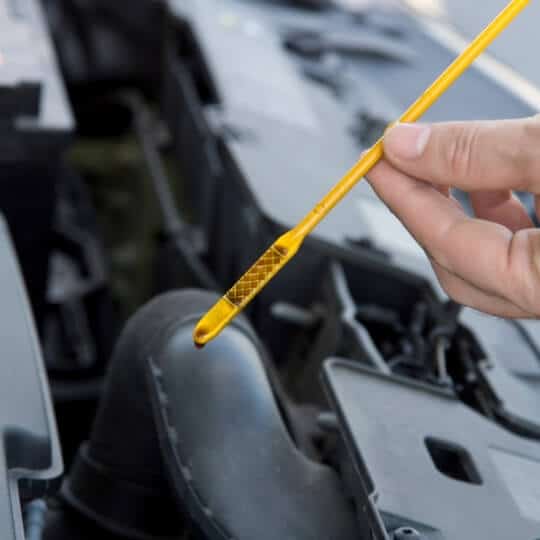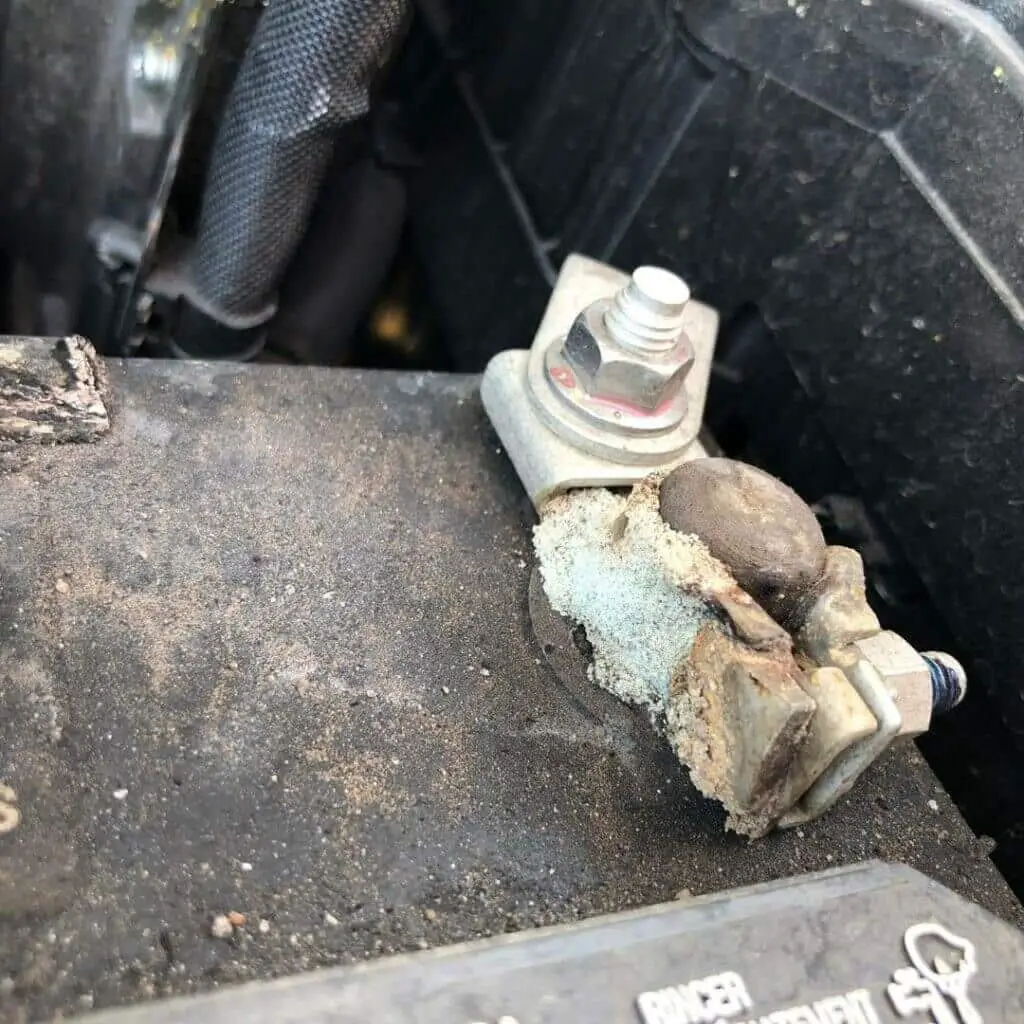The more a car part is used, the sooner it will wear off. Even if a car is of top quality, it will eventually need these parts fixed or replaced. Such is the case with a catalytic converter as well, which represents a rather important part of the exhaust system. To cut down on repair costs, let’s see what’s the cheapest way to fix a catalytic converter.
Cheapest way to fix catalytic converter

The catalytic converter is a rather important part of our car. It filters the exhaust gasses from dangerous ones to relatively safe ones.
The more time passes with a malfunctioning catalytic converter, the greater the chances of something going very wrong with our vehicle. However, because repairs can be quite costly, it’s often best if we can do them for cheap.
The fact of the matter is that catalytic converter malfunction will usually fall into two categories. The diagnostics at a mechanic’s shop can usually tell you the situation of the problem and which category it fits in.
The first category includes malfunction caused by dirt and grime inside of the catalytic converter or its pipes. This malfunction requires immediate cleaning. Avoiding proper cleaning procedures can quickly lead to other problems with the car.
The second category includes issues that require the replacement of the catalytic converter. These will usually occur when the converter has either been badly damaged or has been worn out from consistent use. You can expect this type of issue after a crash, from prolonged use, or due to exhaust system malfunctions. [1]
-
Catalytic converter cleaner
Resolving the first category of issues with our catalytic converter will require some simple cleaning. To commit to it properly, we will also need some catalytic converter cleaners and methods to engage in quality cleaning of this car part.
To clean out the catalytic converter, we will need an item to clean it with. The application process will be elaborated on later but let’s see which ones to pick.
Catalytic Converter Cleaner is one of the top picks in this regard. This cleaner will eliminate the odor within the car, which can occur if a catalytic converter gets clogged. The cleaner is also good at cleaning the oxygen sensor and giving you some extra time between tune-ups [2]
The throughout cleaning of our catalytic converter will usually be relegated to mechanics. This is because even using cleaners will not clean the catalytic converter as well as mechanical washing.
However, both of these cleaning approaches can be fulfilled by engaging in some DIY catalytic converter cleaning. We will be elaborating on two ways you could approach cleaning out your catalytic converter.
How to clean your catalytic converter without removing it?
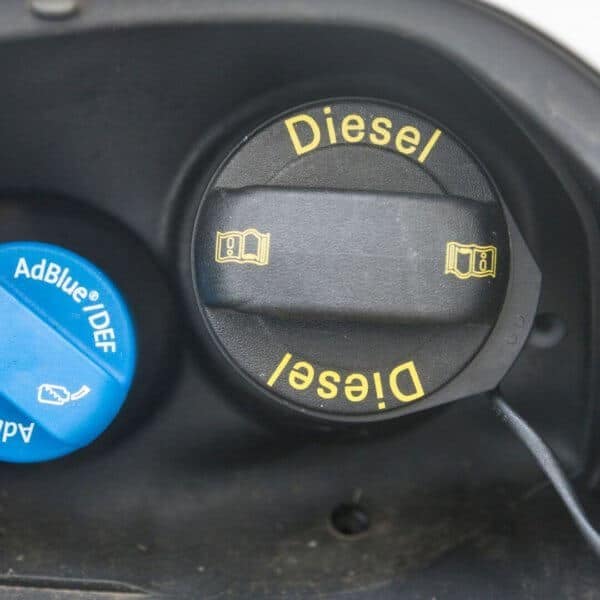
One way to maintain and fix up any clogs within a catalytic converter is by cleaning it. This can be done without even removing the part from the car.
First, put fuel in a can and apply the catalytic converter cleaner. These cleaners fall into two categories. One category can service only a particular engine, so you’ll need to watch out not to buy petrol engine cleaners for a diesel engine, the other category covers all.
Pour catalytic cleaner into the fuel can, the standard measure should be distilled into 15 liters of fuel. Proceed to pour the fuel into the tank. After doing so, it’s time to get in the car.
It’s time to drive around, go about your day as usual, and let the cleaner mixed with fuel do its job. It will spread throughout the exhaust system and clean it out. Check on the label to learn how long the cleaner takes to finish working, this process will usually take around half an hour but it can be more depending on the brand.
After the time is up, our exhaust system will be cleaned. Making it a lot safer and improving its health.
How to clean your catalytic converter after removing it
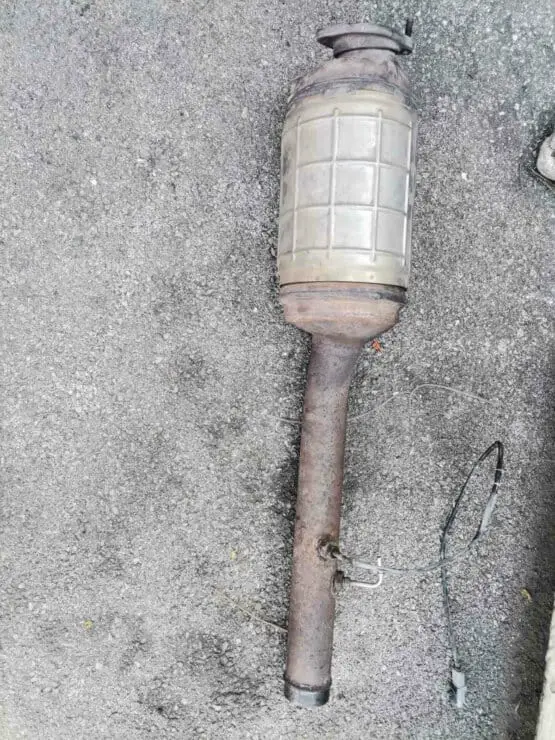
The catalytic converter can be removed in order to give it an even deeper clean. If problems are still permeating after we’ve cleaned it out internally, it’s time to try this step.
First, we’ll need to park the car and let it cool off. After it has cooled off, we should raise up the car with a hydraulic jack and secure it with jack stands. [3]
Disconnect the oxygen sensor with an oxygen sensor wrench. Follow it up by rubbing some penetrating oil on the bolts. Make sure you are holding the catalytic converter onto the exhaust system.
Now we can finally remove the converter. Before committing to cleaning it, examine the converter.
If there’s any odd rattling, you may need to get it replaced. A bit is fine, but if rattling gets too loud, it’s a sure sign of something being irreparably wrong.
Clean off any dirt and debris. Then make sure to wash the inside and the outside of the converter. When washing is done, it’s time to check the outlet and inlet pipes of the catalytic converter. These will be on both ends of the converter. Make sure to use an ample amount of power washing to disperse any extra remaining debris and dirt.
Mix degreaser and hot washer to make a soaking solution for the catalytic converter. The entire catalytic converter should be soaked in this mix for an hour or two. Make sure to rinse it afterward and let it dry.
Dried-out components are now ready to be installed into the vehicle. The converter and the oxygen sensor should be installed back into the car. Do a test drive. If there are no issues, you are good to go.
Alternatives to replacing a catalytic converter

The cost of replacing the catalytic converter is something we’d rather avoid. The costs of this activity are often quite high. If it’s possible to avoid it, we should attempt to do so. Especially because a chunk of our issues may stem from clogs. Now let’s see how to deal with those issues without replacement. [4]
- Driving the car about
Sometimes the clogging of our catalytic converter isn’t that big of a deal. Whatever’s clogging the converter may be properly burnt away with a long highway drive. It’s not the most effective solution, but it’s a decent first step.
- Cleaning the catalytic converter
As mentioned before, washing the entire catalytic converter may be just what your car needs. This doesn’t mean simply running some additives into the oil and letting them go through the exhaust, it includes full-blown washing of the component. Following the guidelines mentioned before may resolve the problem before replacement is necessary.
- Straight pipe instead of catalytic converter
We also have the option of simply driving with a straight pipe rather than a catalytic converter. This form of exhaust is not the most effective. Because it contains no catalytic converter, the exhaust will result in far more gasses, especially dangerous ones. Without a muffler, the straight pipe is far louder.
Lastly, depending on your location, it may be illegal to drive with a straight pipe due to it not adhering to certain laws about emissions. [5]
Repair catalytic converter cost
The cost of repairing a catalytic converter has quite a lot of variability. Each model of a car has different costs. The cost of diagnostics is the first thing to consider. This cost is usually dependent on the mechanic. However, this cost is usually included in the labor costs of the entire repair process.
The labor costs aren’t the key source of expenses tied to these repairs. We will end up having to pay a ton for parts instead. This will more often than not include replacing the catalytic converter. The issues happening within the converter can make it completely useless, and keeping it on our car can cause extra issues for the rest of the vehicle.
How much should a catalytic converter cost?
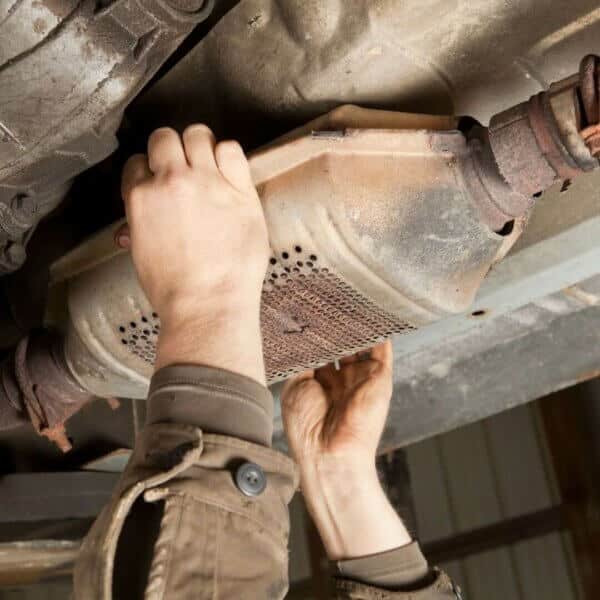
A catalytic converter will end up costing a pretty penny. The cost of a new catalytic converter can easily come up to hundreds or even thousands of dollars.
The price of a catalytic converter can go from $3,00 or as high as $2,250. A huge gap between low and high estimates comes from the variable cost of parts for different car models. That still doesn’t include the installation of the part, which will rarely be impacted by the model.
The labor cost of replacing a catalytic converter is in the range of $70 to 130 dollars per hour of work. Even with a few hours with the lowest estimate, our repair costs could flare up by a few hundred dollars. Couple that with the initial cost of the part, and you’ll be greeted with quite a considerable sum.
Conclusion
The catalytic converter is a very pricey component. That’s why most people prefer to fix it rather than replace it. DIY fixing usually includes cleaning the converter rather than any active mechanic work, but it’s important nonetheless. There are plentiful things that can go wrong with a clogged catalytic converter, and you don’t want any of them to happen to your vehicle.
A car may be fitted with some alternatives to a catalytic converter, but these are rarely a good pick. The solution to replacing the converter can sometimes be as simple as simply driving the car for a little bit, so keep in mind that option first before getting the car to a mechanic.

